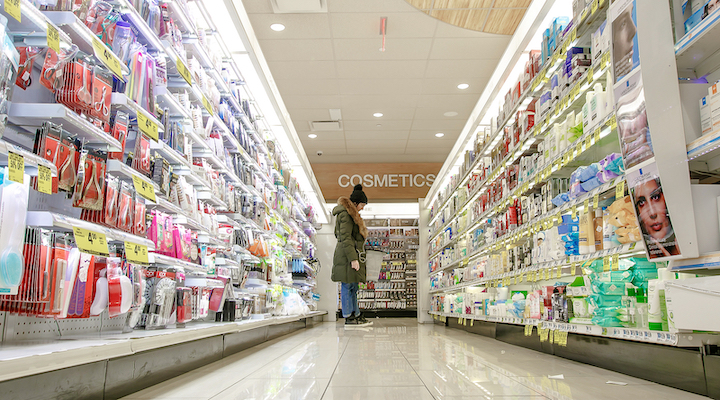Rite Aid starts its new fiscal year much as it ended its old one: as a company with a reasonable level of sales, but which is encumbered by a balance sheet and business model that does not work in its favor.
The main problem is the eyewatering level of debt. Long-term debt now stands at $3.3 billion, up by $301 million over the past year. Liabilities exceed assets by almost $1 billion which gives the company virtually no financial headroom, and no possibility of paying down what it owes.
The debt is putting an enormous financial strain on the business, with interest payments this quarter alone amounting to $65.2 million. This is up by over a third compared to the same period last year. Along with weak operating numbers and some asset impairments, the interest expense contributed to a $306.7 million net loss for the quarter – an enormous deterioration on the $110.2 million loss posted in the first quarter of 2022.
The financial instability would be bad enough if Rite Aid’s underlying business was sound. However, it is not. Even without the cost of interest, Rite Aid lost around $76.7 million in operating terms this quarter. Some of this is the result of problems at the Elixir Insurance division, but some is also the result of flagging sales in the retail operation at a time when the cost of doing business is rising. All of this comes despite the various cost savings initiatives Rite Aid has been pushing for the past year.
With its thin margins, our general sense is that Rite Aid is a company that suffers from being somewhat too small. Although it has some buying agreements in place, it does not have the scale or negotiating power of the larger pharmacy chains, nor does it have the scope to cut costs in a dramatic and transformative way. This leaves it in a very difficult and precarious position.
On the retail side, there is still a need for Rite Aid and the business has a proposition that is far from irrelevant – especially across the rural areas it serves. However, with economic conditions tightening, pressure is also mounting. Front-of-store sales declined by 4.4 per cent this quarter, driven by more cautious consumers buying less on impulse and by cost-conscious consumers shopping around more to find the sharpest prices. An increased focus on price in the market does not play to Rite Aid’s strengths and the continued expansion of value-focused players like Dollar General into rural areas is giving people more scope to buy essentials elsewhere.
This dynamic would be an issue that a stable and generally profitable business could take in its stride. However, Rite Aid is not that business – so the issue is amplified into a major problem that further undermines the company and diminishes the prospects of recovery.
Looking ahead it is very difficult to see how Rite Aid will emerge from the crisis that engulfs it. The business is forecasting a loss of $650 to $680 million across the whole fiscal. This is marginally better than the $750 million loss of last year but is still eye-wateringly bad and means the company is running on the fumes of cash it generates in the day-to-day business.
While cost-saving initiatives will help somewhat, they will not save the company. Nor will the sales line, which even with the miracle of an uplift, will not nudge the company into the black. Major restructuring, including through some kind of bankruptcy process, seems the only sensible route forward.






